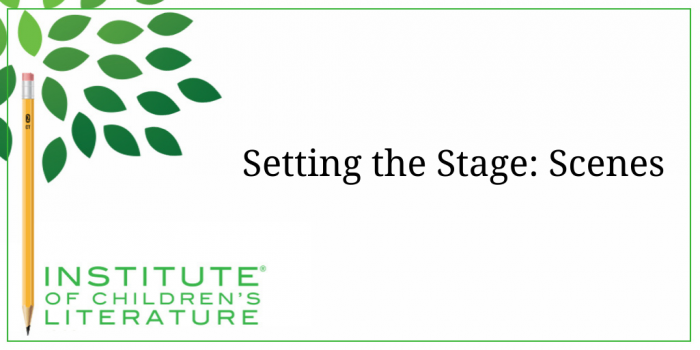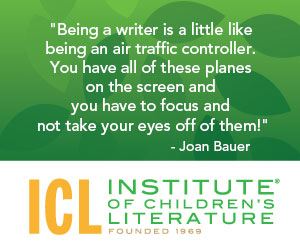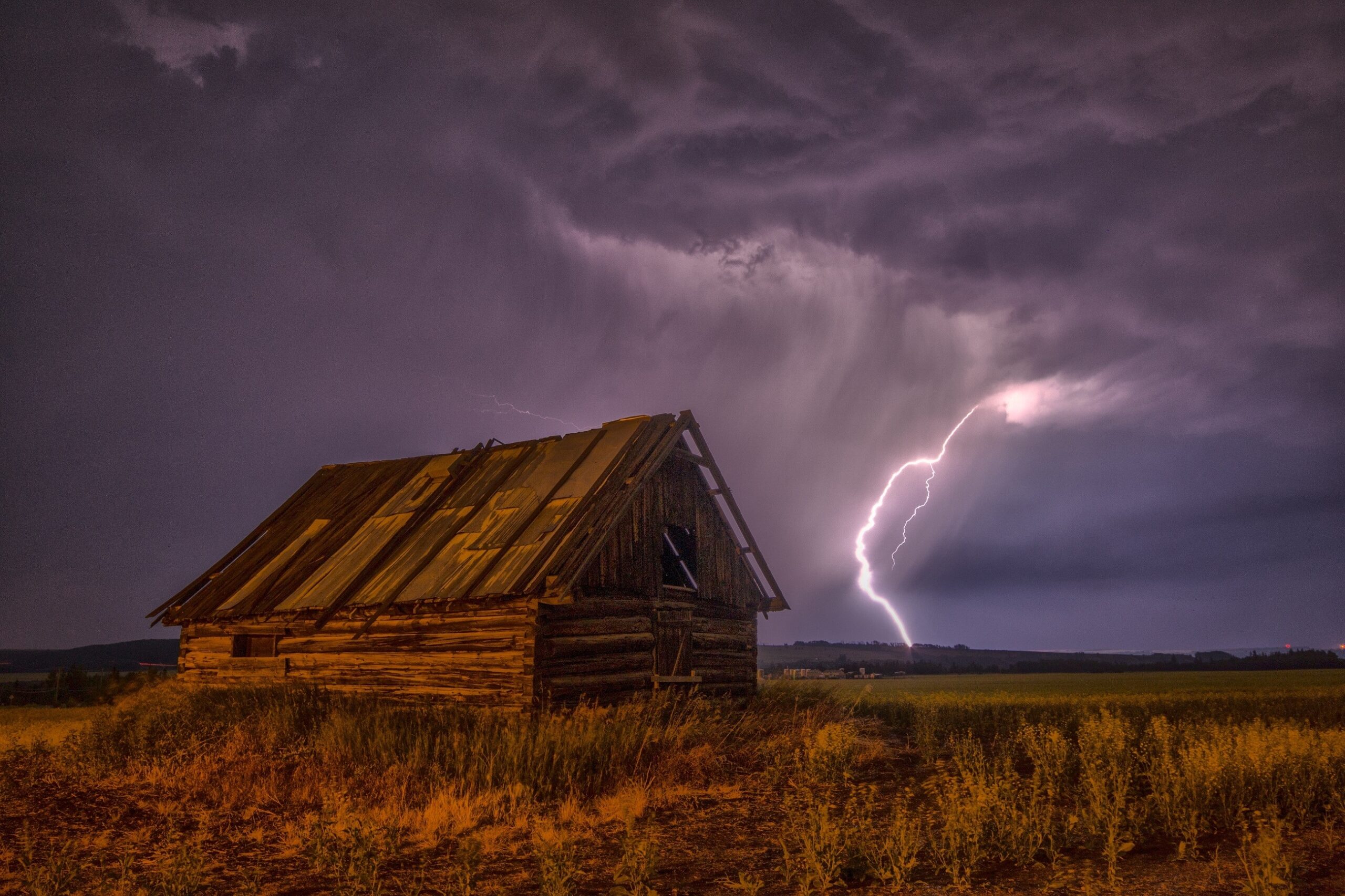1000 N. West Street #1200, Wilmington, DE 19801
© 2024 Direct Learning Systems, Inc. All rights reserved.

All the world is a stage, and so is your story.
When we think about a stage play, we normally think of it from the audience’s viewpoint and that means the brief hours spent sitting in a darkened theater, engrossed in the story being performed before you. But long before the first audience member enters the theater, many hours of work are put in. You can’t have a successful play performance without that work. And writing can be like that as well. You cannot have a successful book without all the work that is done long before the author sends the book off on submission. And a good bit of the work is done during the pre-writing stage.

At that point, if there is any hope of success, you’ll have to take all that stuff you wrote and begin to dig the story out of it. Once you have done that, you’ll basically rewrite scene by scene to make it a successful story. In this second method, all that gush of words that poured out before you knew what you were doing becomes the prewriting work (even though it’s dressed up in writing clothes). This method is a bit like an improv group bouncing ideas off one another while on a stage and discovering there is actually a real story embedded in all the spontaneity. They would have to refine all those ideas to come up with a play for Broadway, so all that improv would actually be part of the work that goes into a play before performance.
Whether you preplan when they happen or you simply jump in and let them happen as they bloom in your mind, your finished story is almost certain to need scenes. In all plotted books, scene is one of the building blocks of story. A scene is simply the action and dialogue that takes place at a specific location in a specific time in the story. Note the word “specific.” For instance, consider the following opening lines of a scene:
The sun barely peeked over the horizon as Molly hurried to the barn, the milk bucket bumping against her knee with every other step. A sharp breeze slipped through the worn fabric of her barn coat, reminding her that winter had not yet given up. A loud thump and low moo sounded from the barn. “I’m coming!” Molly called.

photo credit: pixabay
Now, in this small bit we have specific action (Molly going to the barn with a milk bucket) and specific place (a farm) and specific time (early morning in late winter) and specific dialogue (“I’m coming!”). This specificity draws in the reader because it makes us live this moment with Molly. It is showing. Compare this specific scene introduction with the following:
Each morning, no matter the season, Molly would head to the barn at sun-up to milk the cow.
The above also has a reference to time and activity and place, but the reference is general and repeated. This isn’t a specific moment, it’s a repeated action. It gives us information but doesn’t draw us in. It’s telling, not showing. It may be that it’s important for us to know that Molly’s early morning chore at the farm is milking the cow, but that’s all we need to know, so we’re inclined to skim through the time.
That’s actually an important aspect of scene. Scene is where something out of the ordinary happens. Scene is where we live the change. When we reach a moment in the story where things are unusual, we’ll always have a scene. The skimming moments where things are ordinary and we aren’t invited into the story are called “transitions,” and they are also a frequent part of successful storytelling. Transitions are necessary but you do need to be very sure that they aren’t the only thing you are using. I have seen new writers try to construct an entire story with no specific moments, only these general bits of skimming.
Scenes have to juggle a lot of elements: setting, action, characterization, and dialogue. All are important. Now, it’s possible to have a scene with no dialogue. Sometimes a character may be alone in the scene and thus unlikely to talk. Beware the urge to have the character launch into lengthy spoken monologues when alone. Shakespeare may have gotten away with that, but we will not.
The dialogue must make sense. We must believe that the specific character in the specific place and moment would say those specific words. Don’t have the character speak merely to inform the reader. That’s lazy dialogue and will always annoy editors. Instead, if you really need a character to say something, shape the situation so that the character logically would say this thing.
These days we often see very lazy dialogue on television. Characters in police shows will often explain procedure to people who know the procedure as well or better than the character. Imagine that happened in your real life. Imagine you are fixing yourself a sandwich and a family member comes in to say, “I see you’re fixing a sandwich. You’ll need to add mayo to that so it’s not too dry. And don’t forget to add a little lettuce so it’s not all meat and cheese. Also, put a slice of bread on top so the filling doesn’t fall out too easily.” You’d think your family member was behaving quite oddly if they launched into such a bizarre speech, unless that was the way that person always spoke. We’ll accept atypical behavior from someone who is atypical. But if you have someone who behaves normally sometimes and only spouts info when you need that character to do so, you’ll make it difficult for the reader to believe in the characters and the story.
Scene will have characters (or at least, it’ll have a character), action (if nothing moves, why are we there? What will keep our attention?), setting (everything must exist somewhere at all times, no limbo scenes). Those are the trinity of scene creation but there are two more things your scene must have. It must pull us at least a tiny bit deeper into the character. And it must bring us something new.
A scene is a moment of discovery, always.

The surprise need not be huge. It can be something small, like we might realize that Molly is actually afraid of cows, despite her best efforts and daily contact with them. Or we might have a bigger surprise like Molly may find a person curled up and sleeping in the hay next to the cow. But something in the scene offers us discovery, or else there is no reason for the scene to exist.
Think about your own work in progress:
– Do you have scenes or do you skim too much, telling the story instead of inviting us into it?
– Do your scenes give us a sense of specific action and specific dialogue by specific people/characters in a specific time? In other words, are your scenes whole or are you trying to cut corners and leave off elements that you struggle with, hoping the reader won’t notice?
– Do your scenes offer the reader something to discover? Do they hold surprises?
– Do your scenes justify their existence in the story?
Consider these things as you write and revise and you’ll find scene is actually one of the most important elements of story. It’s what makes story real. It’s what invites readers in to live the tale. So it’s definitely worth your time. And you might just surprise yourself and find that working on scenes helps you fall in love with the story too.
With over 100 books in publication, Jan Fields writes both chapter books for children and mystery novels for adults. She’s also known for a variety of experiences teaching writing, from one session SCBWI events to lengthier Highlights Foundation workshops to these blog posts for the Institute of Children’s Literature. As a former ICL instructor, Jan enjoys equipping writers for success in whatever way she can.
1000 N. West Street #1200, Wilmington, DE 19801
© 2024 Direct Learning Systems, Inc. All rights reserved.
1000 N. West Street #1200, Wilmington, DE 19801
© 2024 Direct Learning Systems, Inc. All rights reserved.
1000 N. West Street #1200, Wilmington, DE 19801
© 2024 Direct Learning Systems, Inc. All rights reserved.
1000 N. West Street #1200, Wilmington, DE 19801
© 2024 Direct Learning Systems, Inc. All rights reserved.

1000 N. West Street #1200, Wilmington, DE 19801
© 2025 Direct Learning Systems, Inc. All rights reserved.

1000 N. West Street #1200, Wilmington, DE 19801
©2025 Direct Learning Systems, Inc. All rights reserved. Privacy Policy.
1 Comment